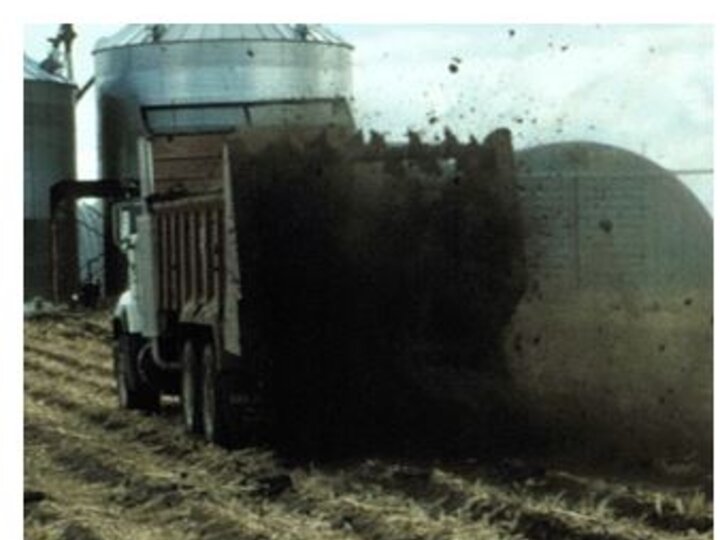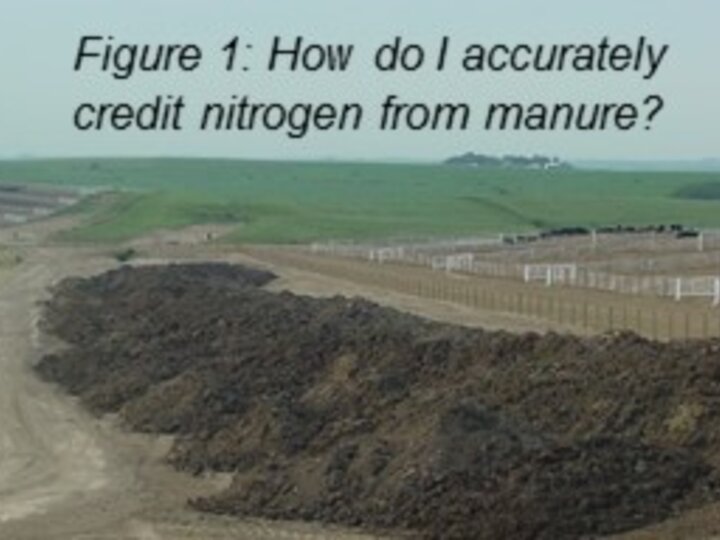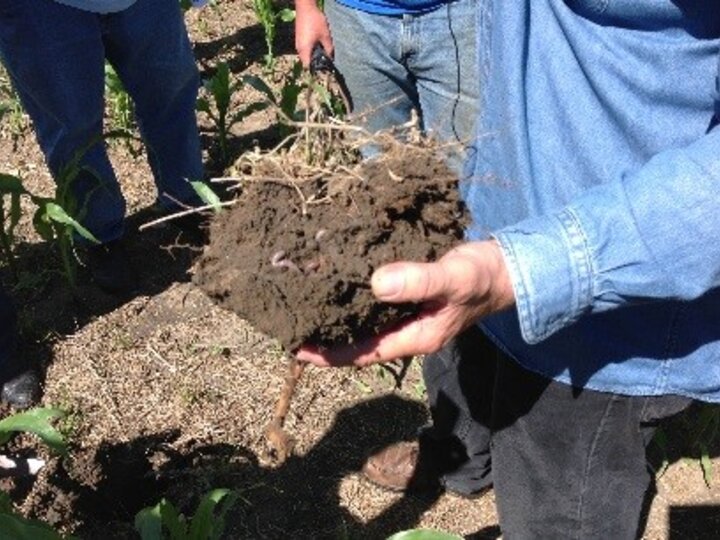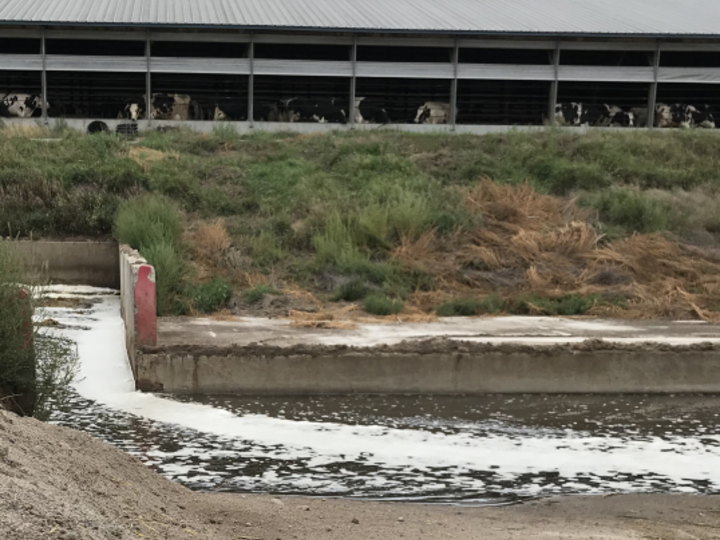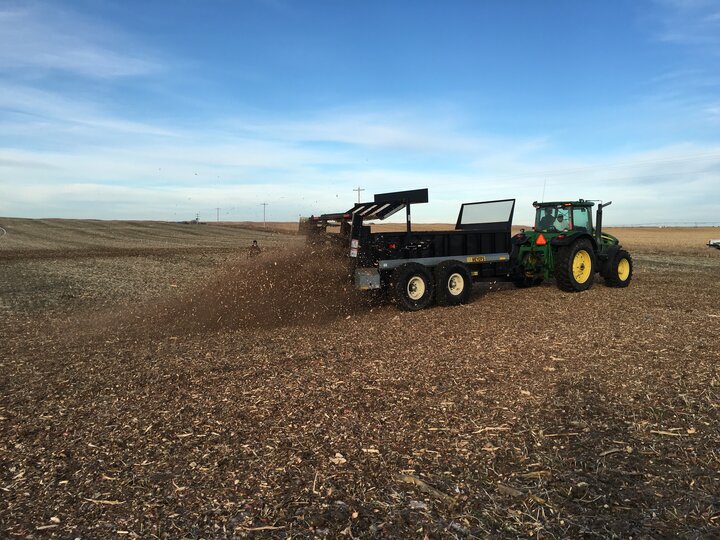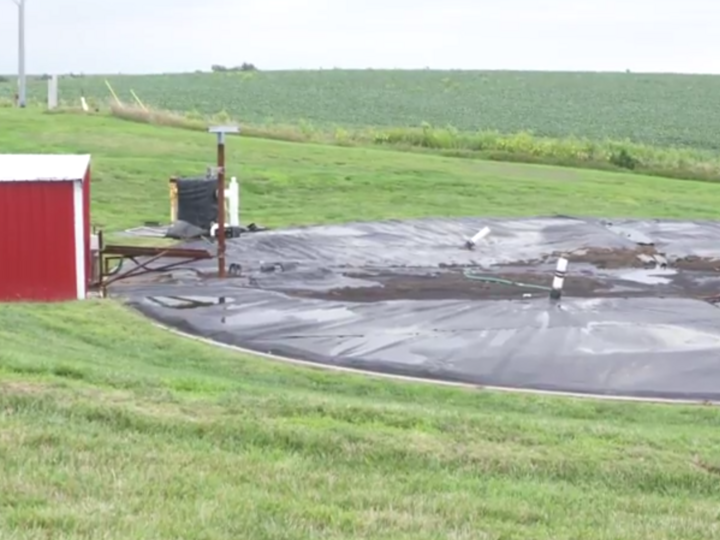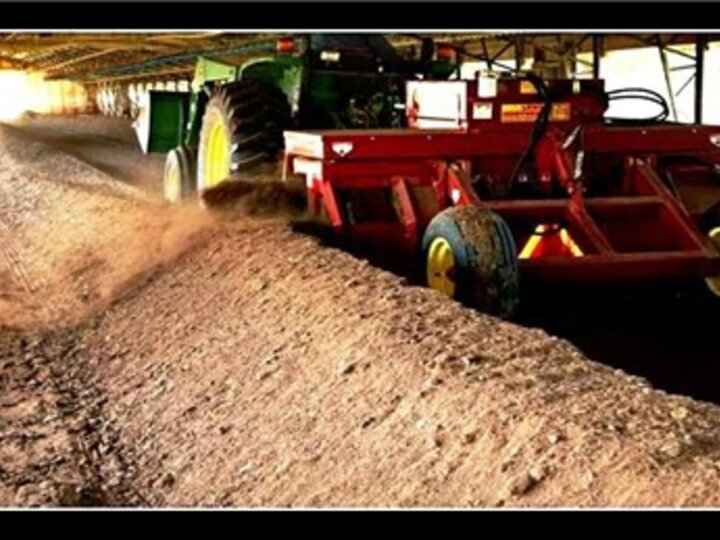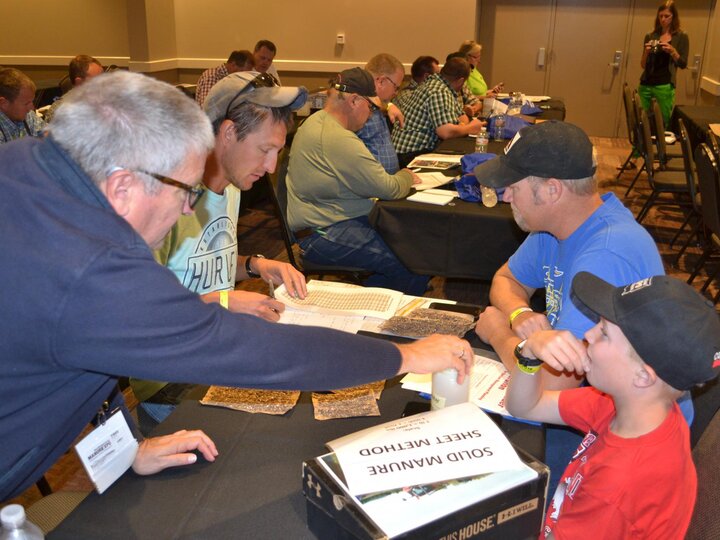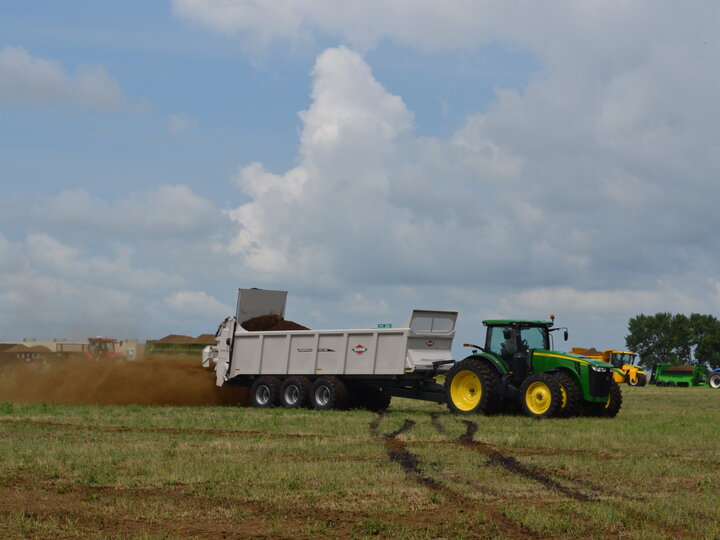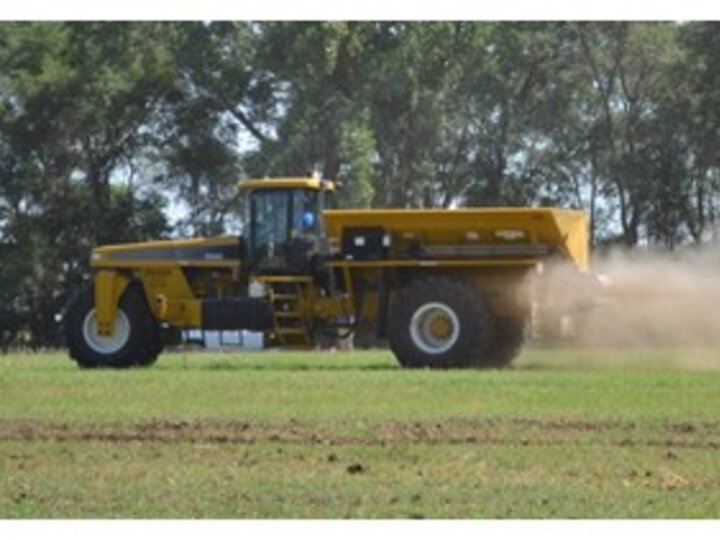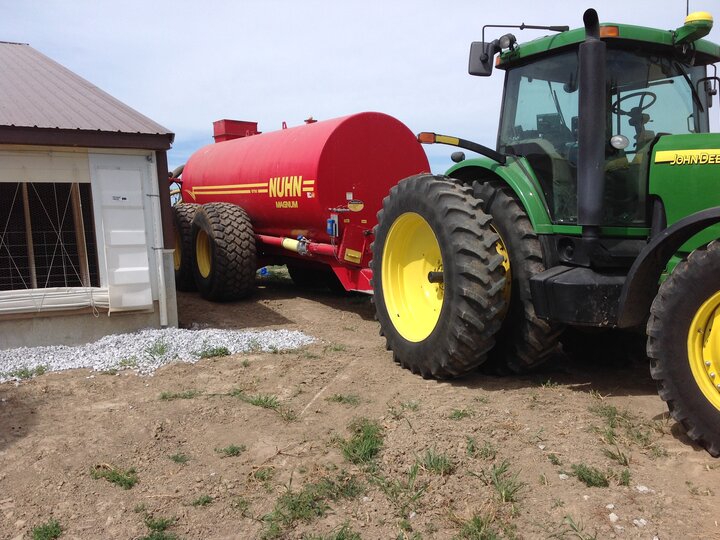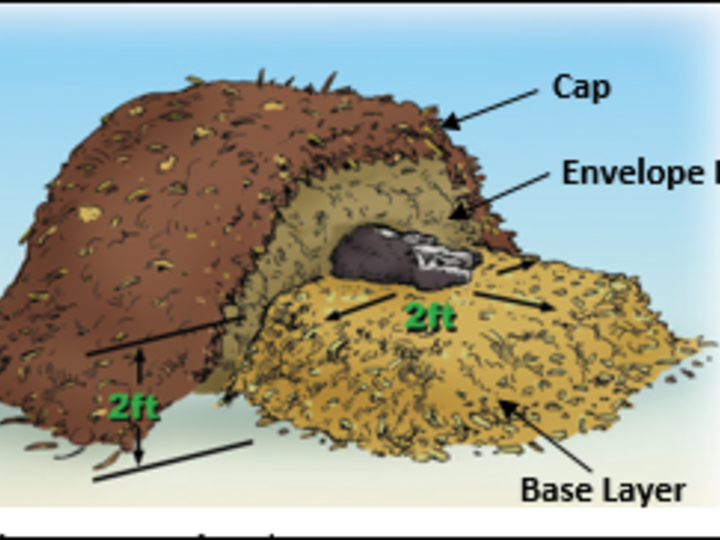Recycling local manure nutrients before purchasing fertilizer is key to protecting the environment. Manure can be an economic “Win”, due to its fertility value, and a soil quality “Win”, due to its organic matter. But it can also be a community risk, due to odors and pathogens. Our live educational programs, online courses, and resources provide science-based information on economically viable, environmentally sound manure handling systems that also comply with all regulations.
